For more information and search capabilities visit: Lessons Main Index Page
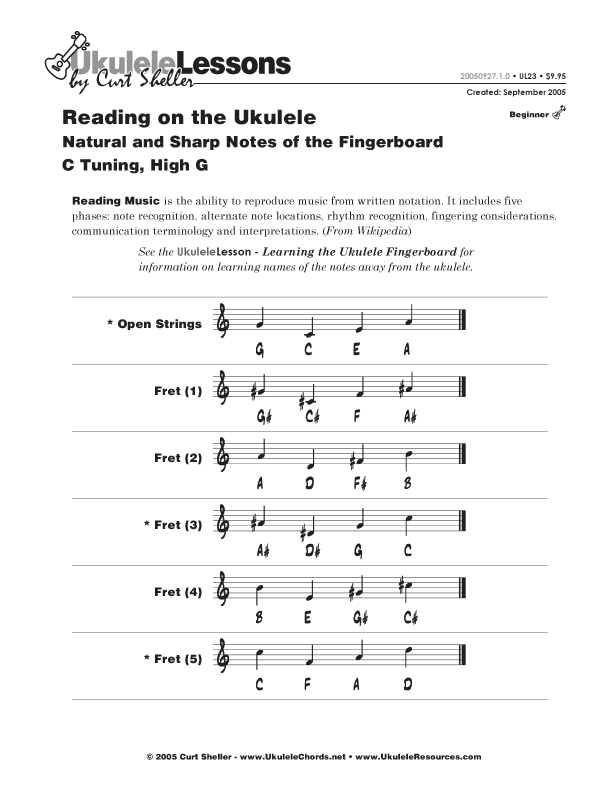
Standard music notation, the natural, sharp and flat notes of the ukulele fingerboard for C tuned ukuleles. Covers both high C and low G tuning variations.
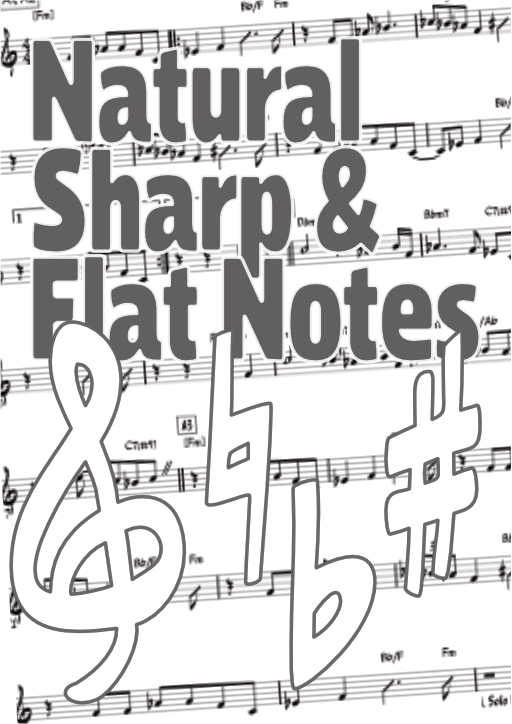
The D Tuning comes in two versions where string four is either tuned to the "A", a major second below string one or low "A" where string fours is a perfect fifth below string three. The D tuning with a low A is the same as the thin four strings of a standard tuned guitar with a capo at fret (7).
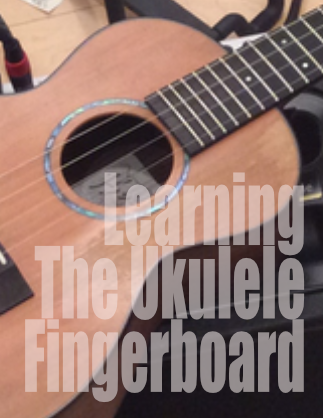
Most players struggle with learning the names of the notes of the ukulele fingerboard. There doesn't seem to a pattern and notes repeat. There is an easy way and "it's easier that you think." Most players know the names of the open strings for their favorite tuning.

All possible one, two, three, and four string combinations on ukulele. Used for single note technique, fingerpicking, harmonic intervals, and chord string families.
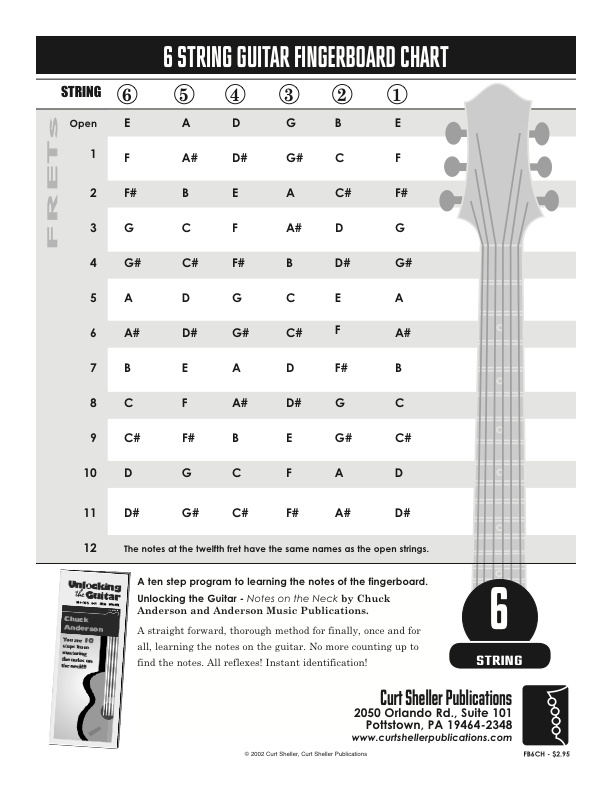
Fingerboard reference chart of natural, sharp, and flats note names for six-string guitar in standard tuning (E A D G B E).
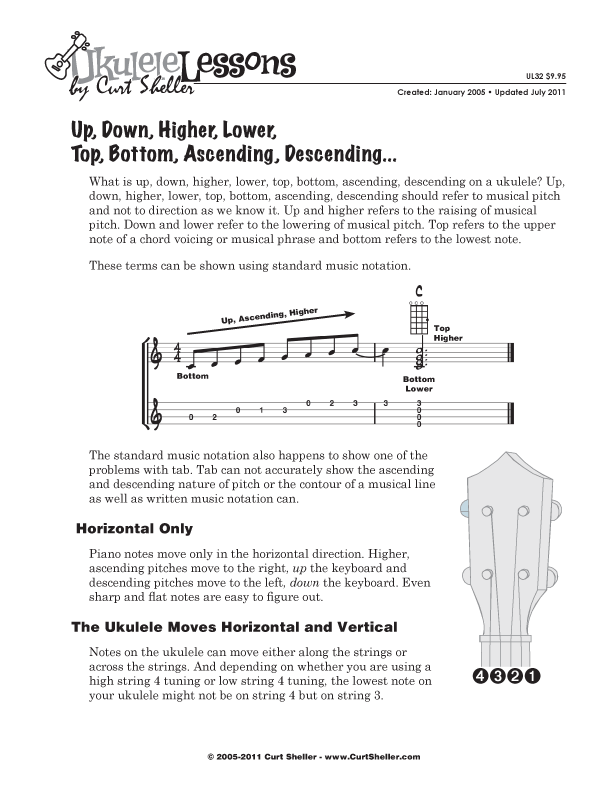
What is up, down, higher, lower, top, bottom, ascending, descending on a guitar? Up, down, higher, lower, top, bottom, ascending, descending should refer to musical pitch and not to direction as we know it. Up and higher refers to the raising of musical pitch. Down and lower refer to the lowering of musical pitch. Top refers to the upper note of a chord voicing or musical phrase and bottom refers to the lowest note.
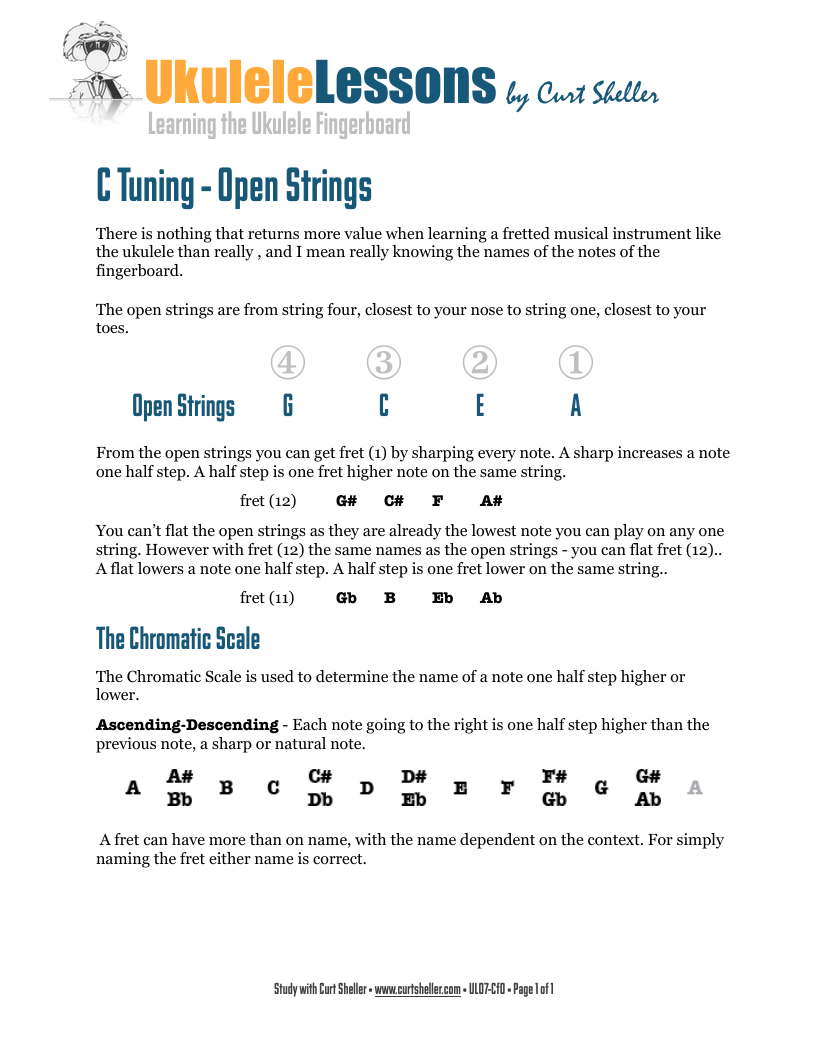
There is nothing that returns more value for your investment when learning a fretted musical instrument like the ukulele than really, and I mean really knowing the names of the notes of the fingerboard. This is not the same as learning to read music - but simply knowing the name of any note on the fingerboard - intuitively, second-nature. At a minimum you need to know the open strings to tune the ukulele. In C tuning they are G C E A.
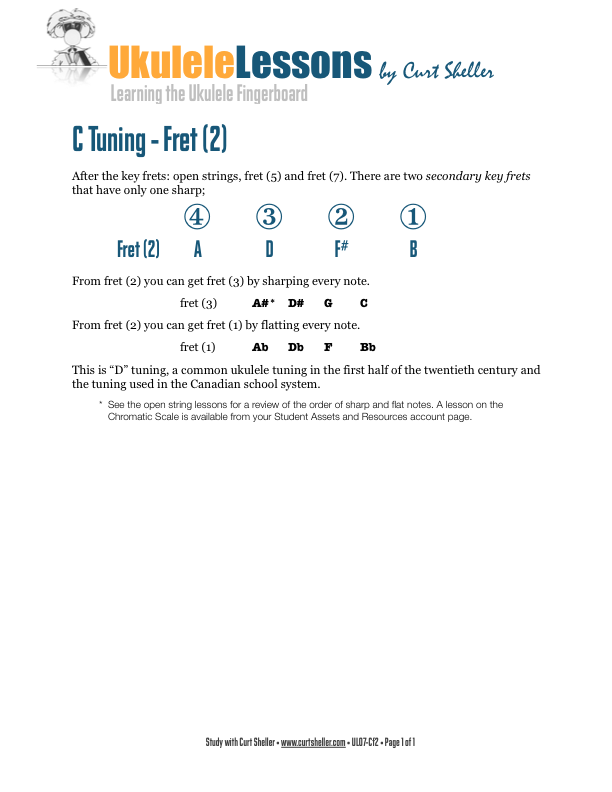
There is nothing that returns more value when learning a fretted musical instrument like the ukulele than really, and I mean really knowing the names of the notes of the fingerboard. This is not the same as learning to read music but simply knowing the name of any note on the fingerboard.b
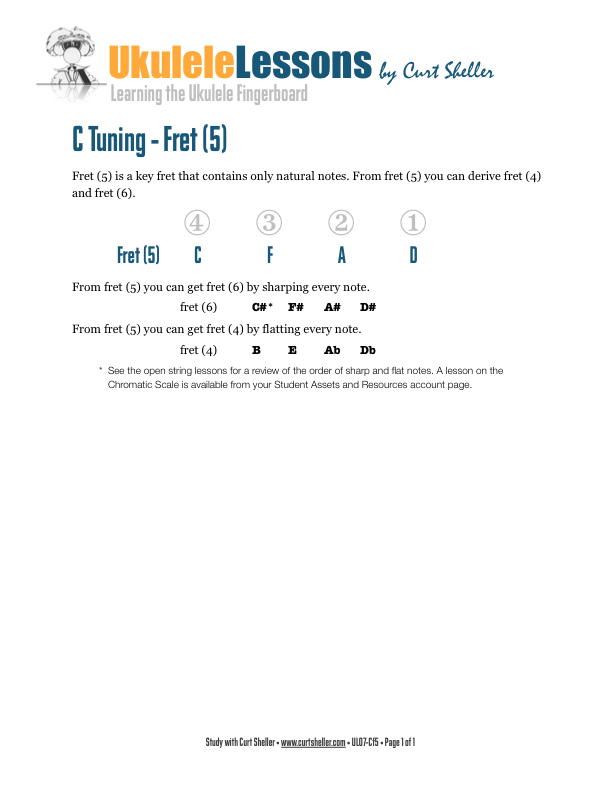
Nothing when learning a fretted musical instrument like the ukulele returns more value than really, and I mean really knowing the names of the notes of the ukulele fingerboard. This is not the same as learning to read music — but simply knowing the name of any note on the fingerboard.
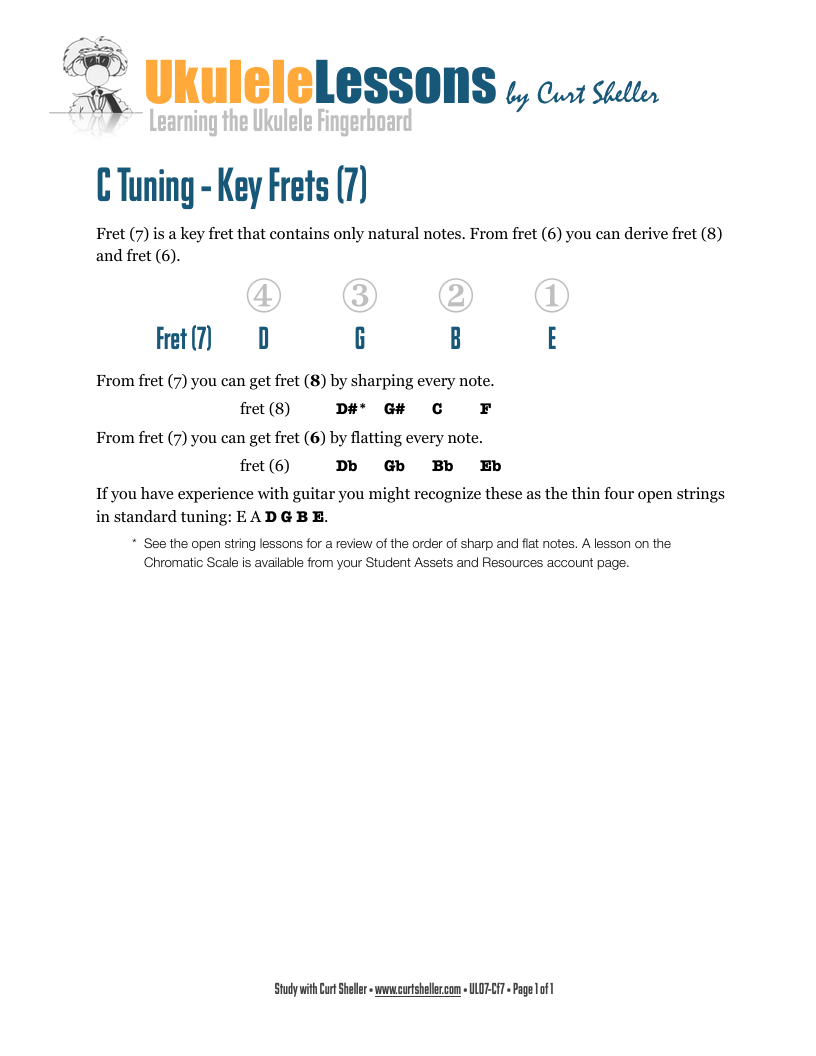
Fret (7) is a Key fret. From the key and secondary key frets, adjacent frets can be memorized relative to that fret. Fret (7) is the same as the open strings in G Tuning.
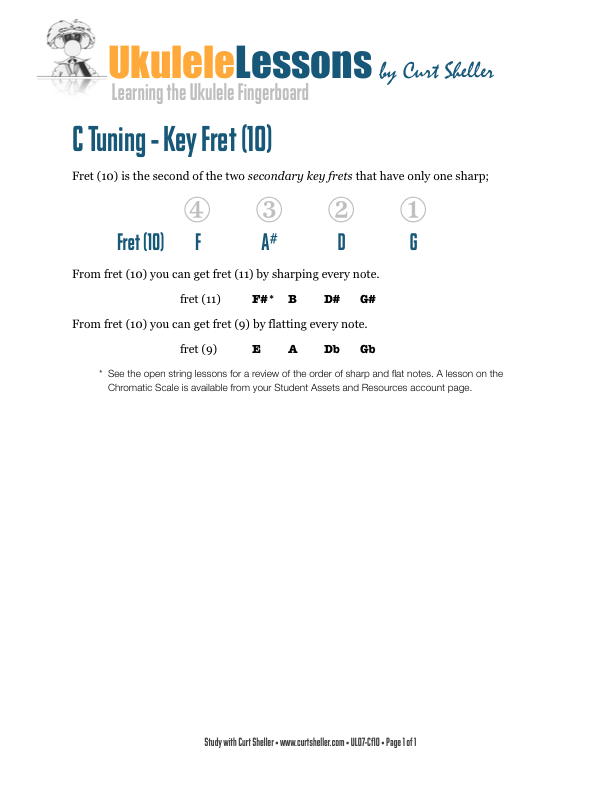
Fret (10) is a Secondary Key fret. From the key and secondary key frets, adjacent frets can be memorized relative to that fret.
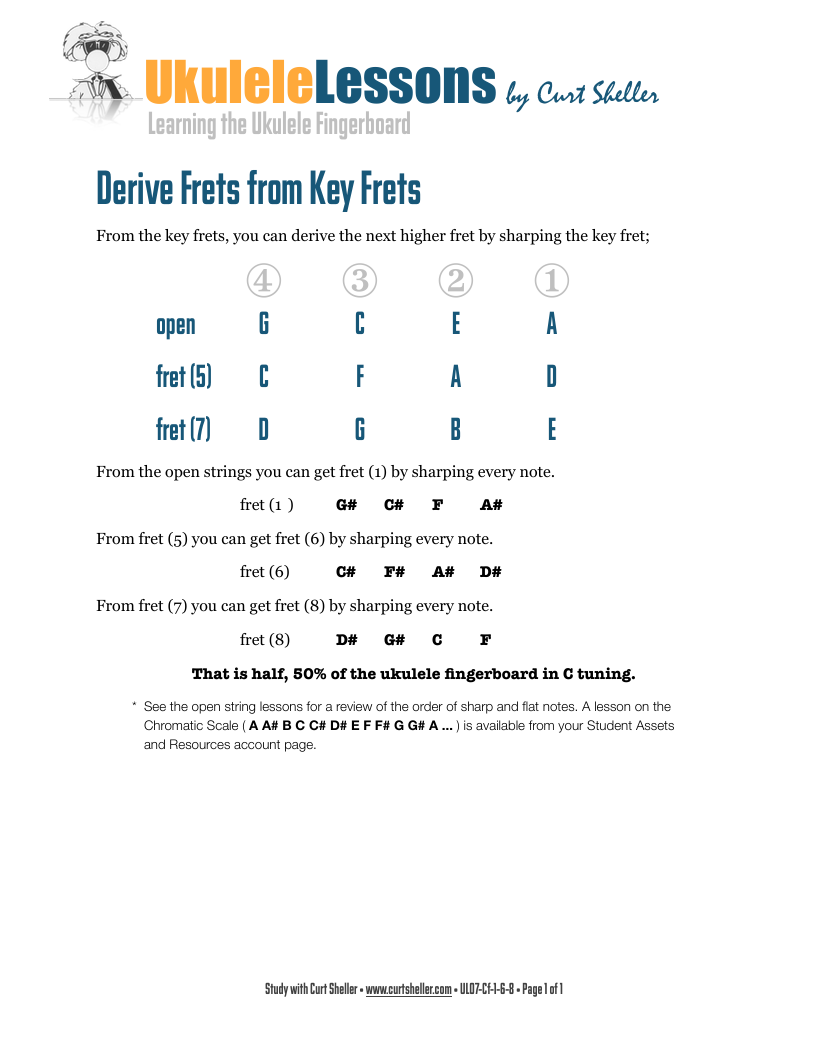
"Derived Frets from Key Frets" are the next higher frets or previous lower frets you get from your Key Frets in C Tuning. You basically get these higher and lower frets for FREE.
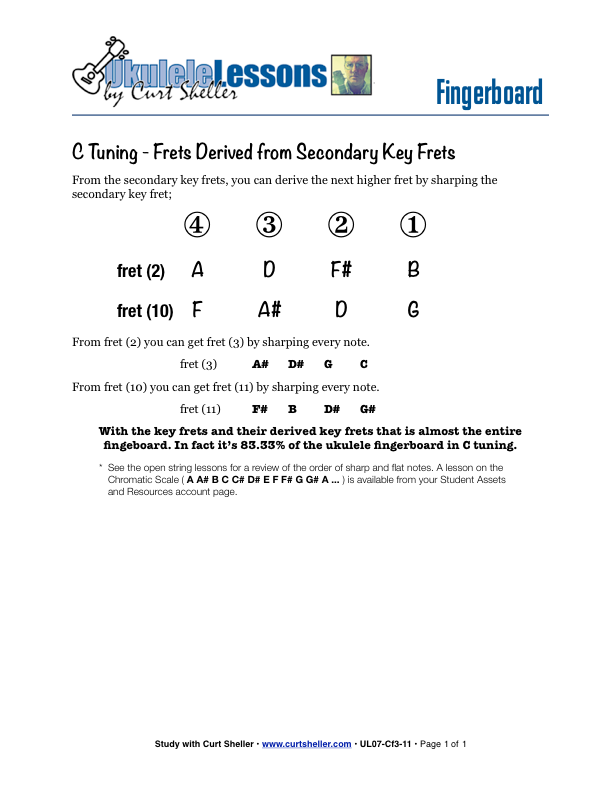
"Derived Frets from Secondary Key Frets" are the next higher frets or previous lower frets from the Secondary Key Frets. You basically get these higher and lower frets for FREE.
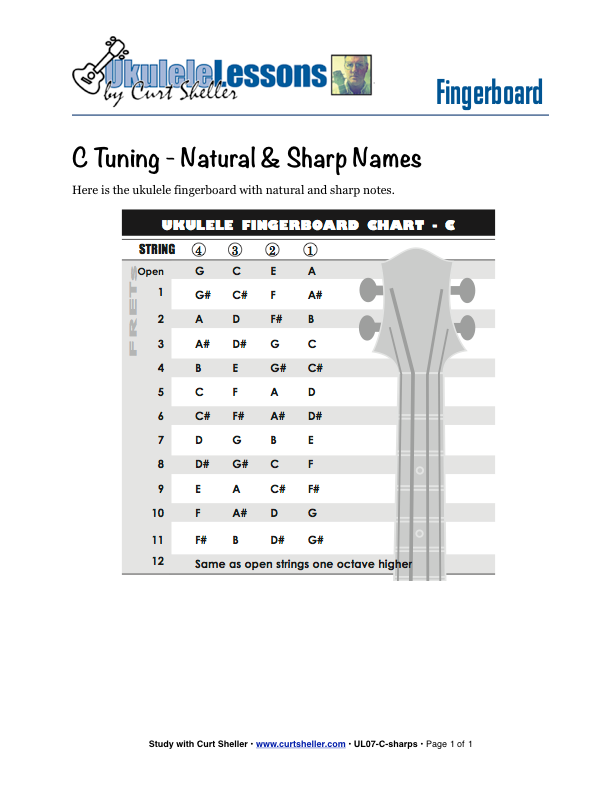
A handy reference chart of the Natural and Sharp Names for C Ttuning, Low or High G.
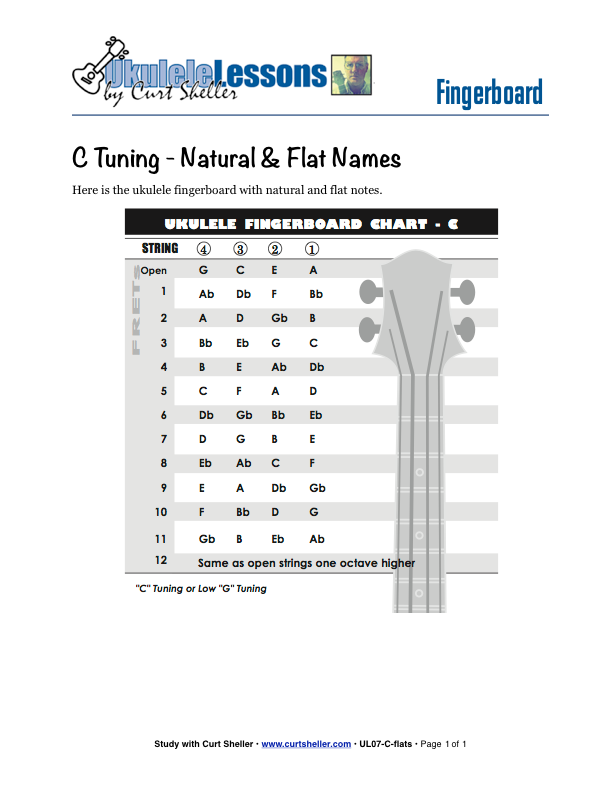
A handy reference chart of the Natural and Flat Names for C Ttuning, Low or High G".
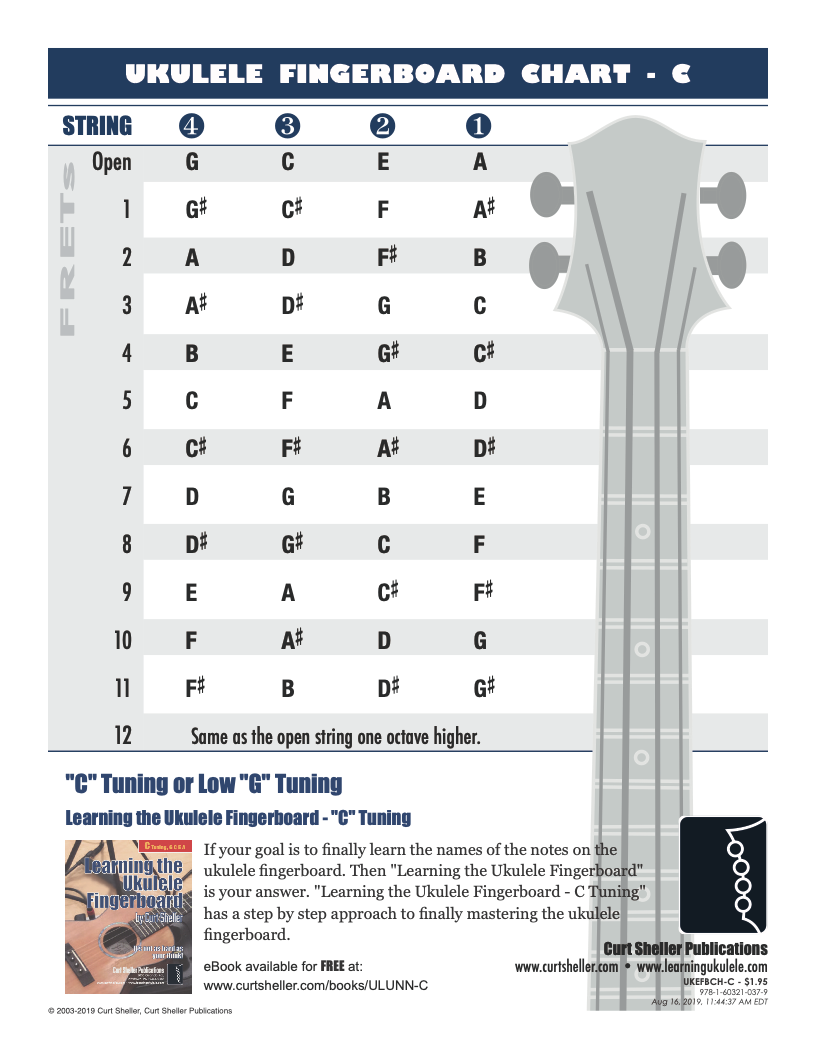
A handy reference chart of the Natural, Sharp, and Flat Names for C Ttuning, Low or High G*
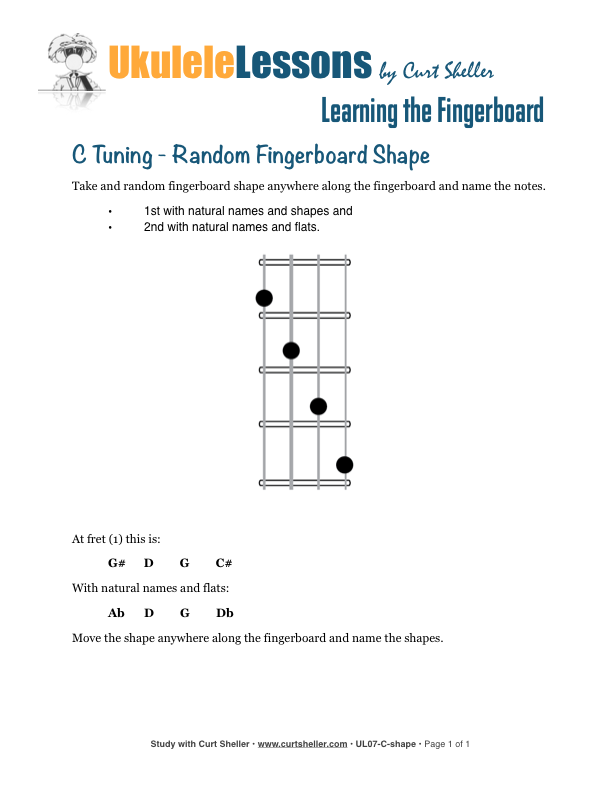
There is nothing that returns more value when learning a fretted musical instrument like the ukulele than really , and I mean really knowing the names of the notes of the fingerboard. This exercise takes any random fingerboard shape and names the notes using any combination of their natural, sharps and or flats names.

Here is a 10-Step Program for really learning the ukulele fingerboard.
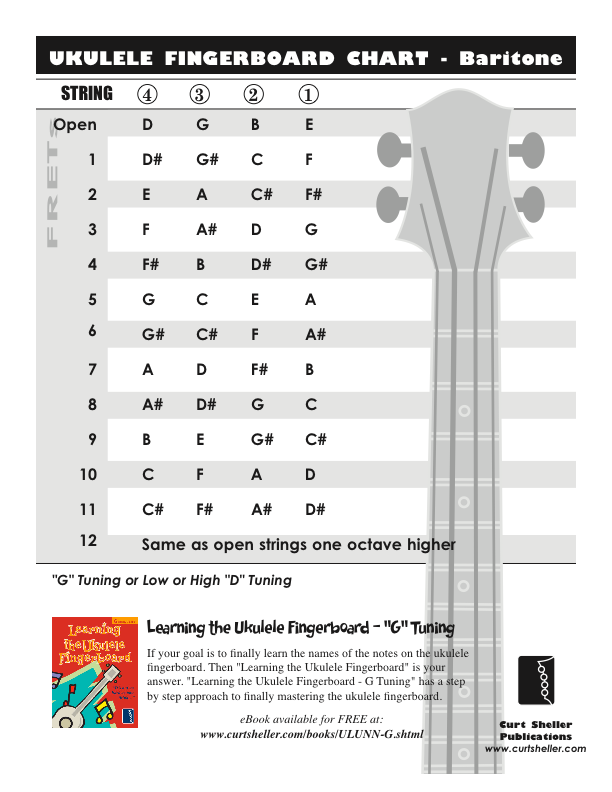
The natural, flat and sharp note names of the ukulele fingerboard in :G Tuning, Low or High D". Common on the baritone ukulele and can also be used on a tenor ukulele.
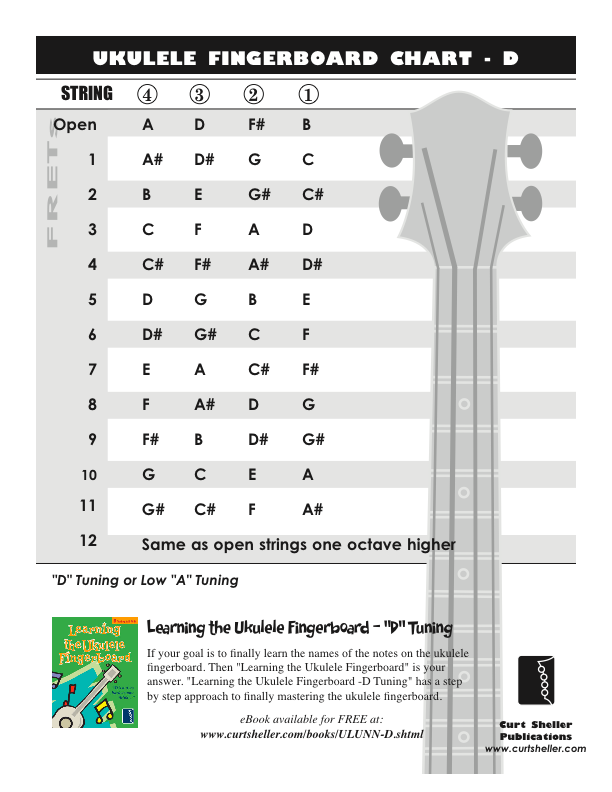
This tuning was common in the first and second ukulele craze. It is also the tuning that is used in the Canadian school system.
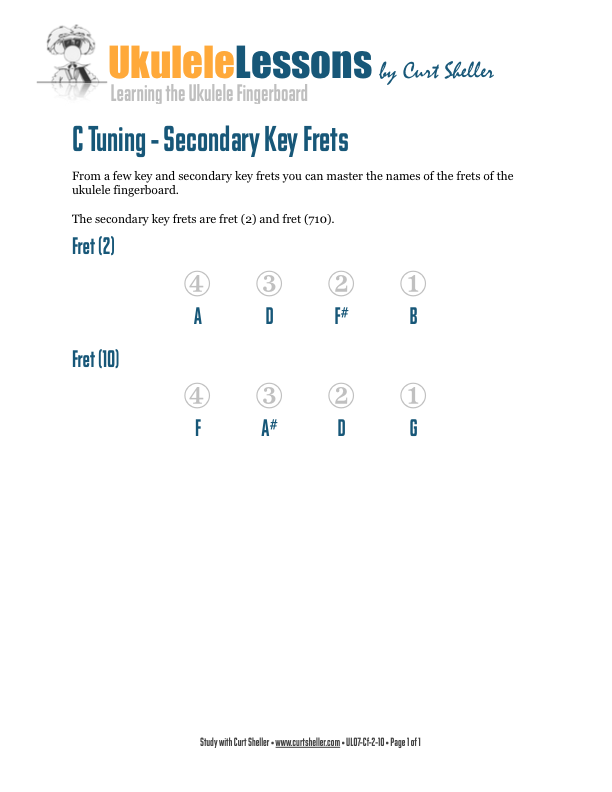
After learning the key frets, the secondary key frets start to fill in the remaining fingerboard of the ukulele.

A metronome is a device that produces an audible click or other sound at a regular interval that can be set by the user, typically in beats per minute (bpm).
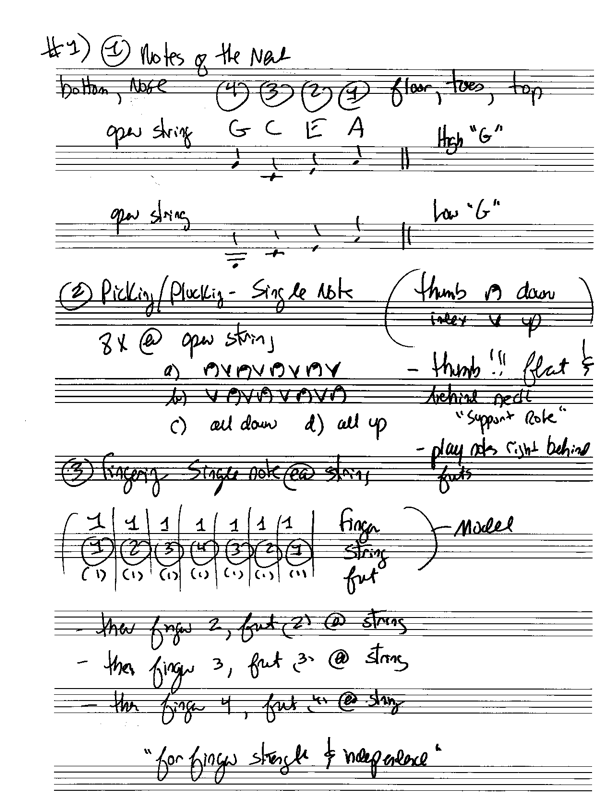
This is a scan of a typical first lesson that ALL students new to the ukulele might get in one of my private one-on-one lessons. View the full lesson for my notes and my comments on what doesn't make it on every the sheet. There's a lot that goes on in an individual private lesson and is different from student to student.



.jpg)